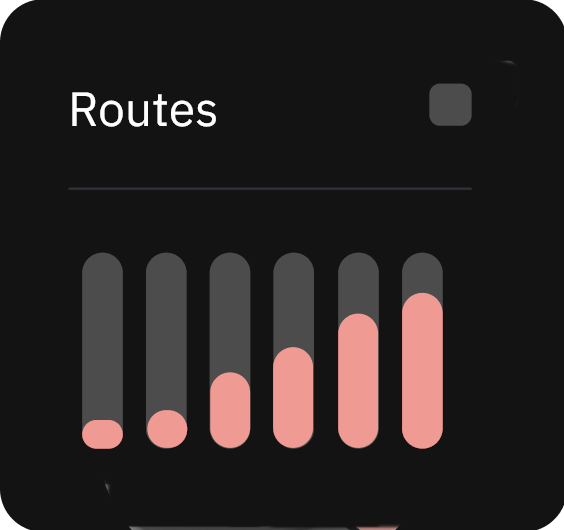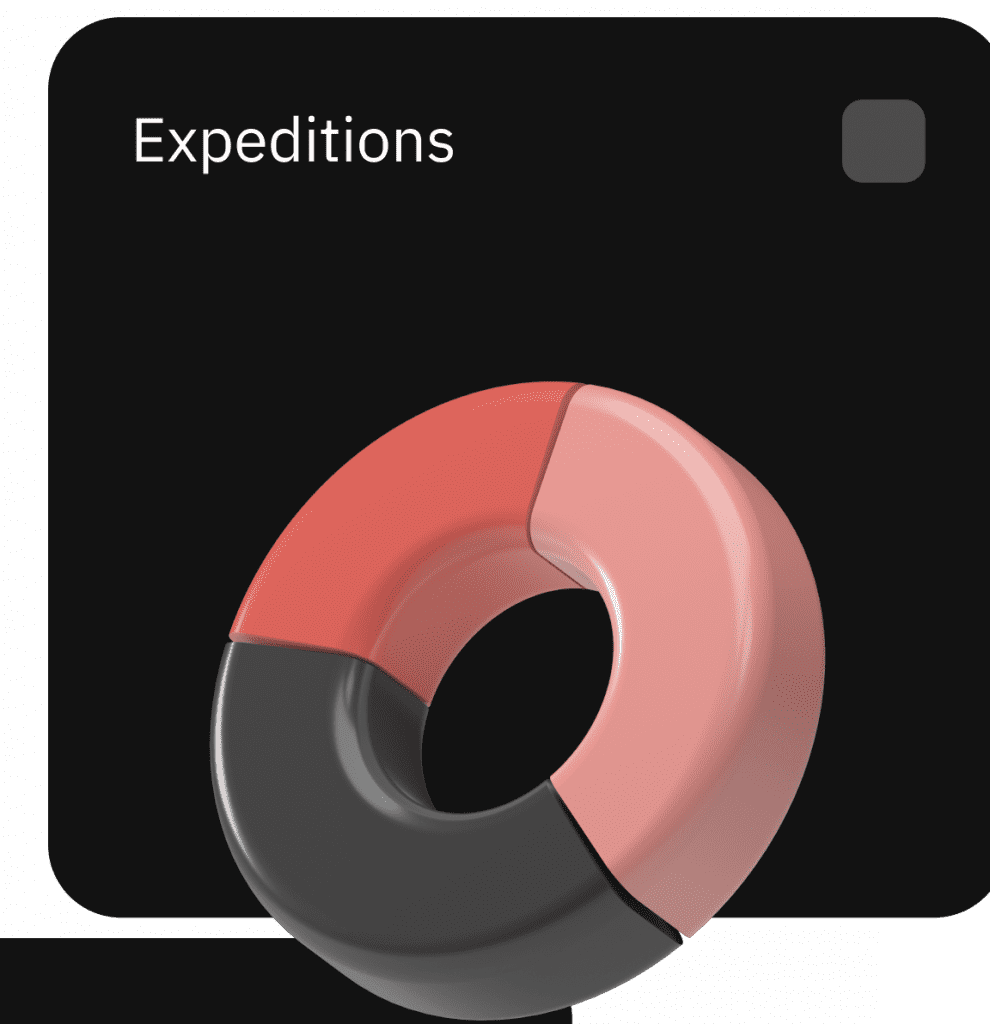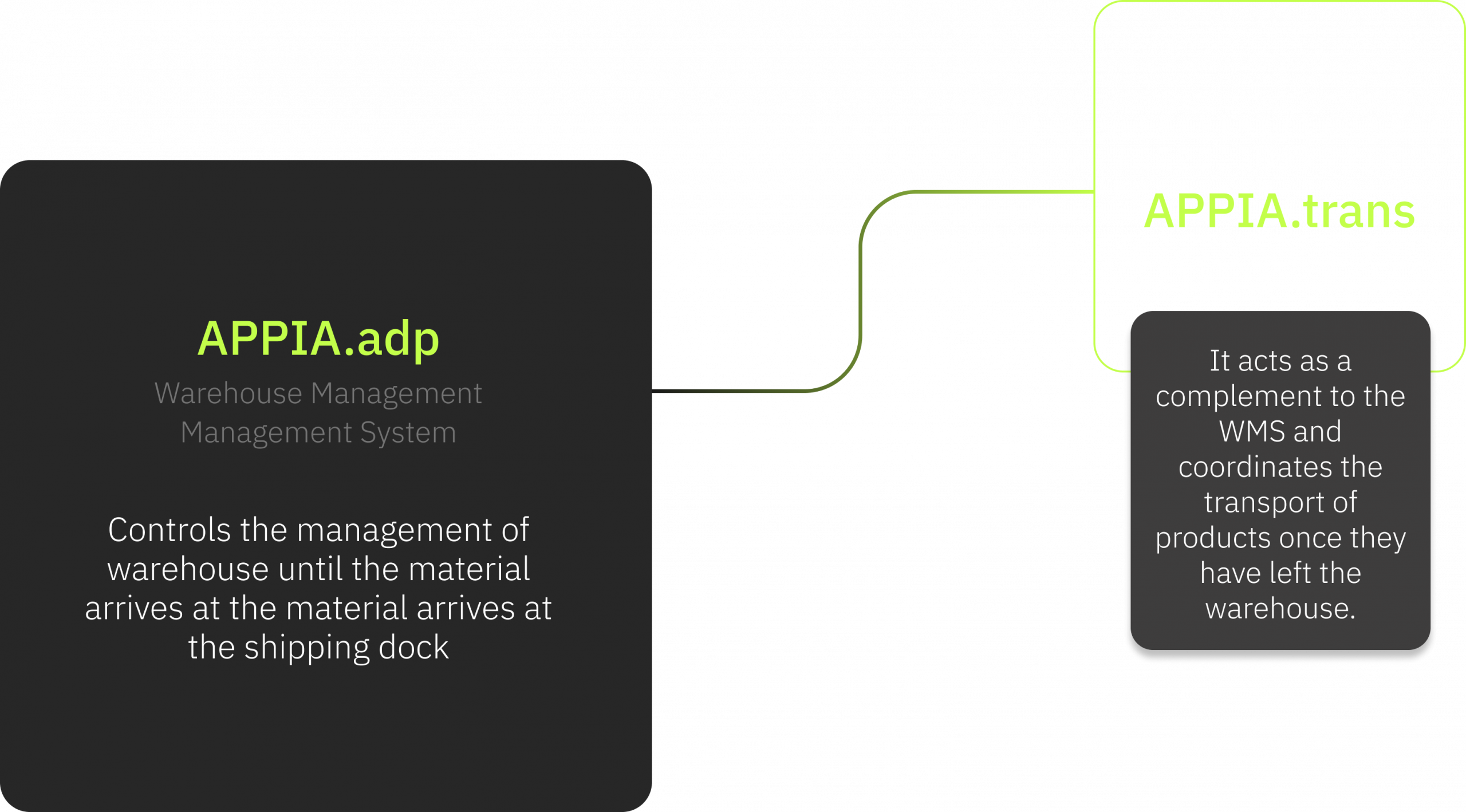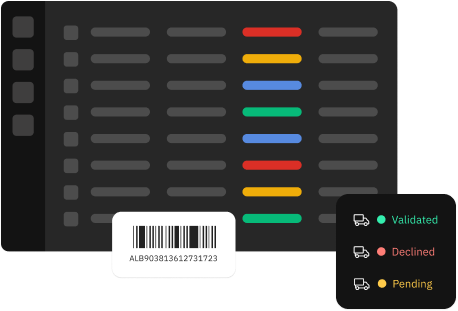According to the business
Our products
Complements
Discover how our integrated WMS and TMS solution closes the supply chain loop.











The integration of APPIA.trans with our WMS enables comprehensive supply chain management.
From warehousing to final delivery, the entire operation is coordinated in an efficient and optimized manner.
Save time and
resources
Improve your customers’
satisfaction
Save time and
resources
Improve your customers’
satisfaction










APPIA GROUP has become a benchmark in the logistics sector.
With nearly 30 years of experience, we’ve adapted to the changing ecosystem of the logistics sector and offered solutions that meet our clients’ current and future needs. These three key factors have positioned APPIA GROUP as one of the leading logistics software companies.
A highly qualified team in the logistics sector, and personalized technical support.
A team with 30 years of experience in warehouse operations has allowed our application to consciously adapt to the demands and requirements of the sector.
A package of monthly options so you can choose the one that best suits your needs.
A TMS, or Transportation Management System, focuses on the planning and execution of transportation routes, while a WMS, or Warehouse Management System, handles inventory management in warehouses. Combined, they optimize the logistics chain from goods receipt to final delivery.
An effective TMS should include features such as optimized route planning, real-time tracking of cargo, fleet management, integration with third-party systems and detailed reporting for efficient logistics management.
The integration of a TMS with a WMS allows an efficient and coordinated management of the logistics chain, from the storage of goods to their distribution, which translates into greater accuracy, speed and cost reduction.
Combining a TMS with a WMS provides benefits such as route optimization, reduced lead times, improved resource planning, greater supply chain visibility and increased customer satisfaction.
If your company faces challenges such as lack of visibility into transportation operations, high logistics costs or route planning issues, it’s time to consider implementing a TMS to complement your WMS.
The main difference is that a TMS focuses on transport and route management, while a WMS focuses on stock management and warehouse operations. Both systems complement each other for a complete logistics management.
The implementation process usually includes needs assessment, system configuration, integration with the WMS, team training and testing to ensure a successful transition and to take full advantage of the functionalities of both systems.
The integration of a TMS with a WMS improves operational efficiency by enabling coordinated and automated management of the logistics chain, resulting in reduced errors, shorter delivery times and higher overall productivity.
Yes, it is essential to train personnel in the use of the TMS as a complement to a WMS to ensure effective adoption of the tool and maximize its potential to improve efficiency and quality in logistics management.
Current trends include the integration of technologies such as IoT, machine learning and predictive analytics into TMSs, enabling more advanced and personalized logistics management, adapting to the demands and challenges of today’s market.